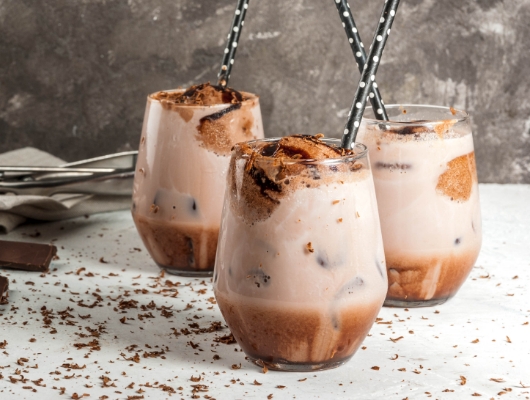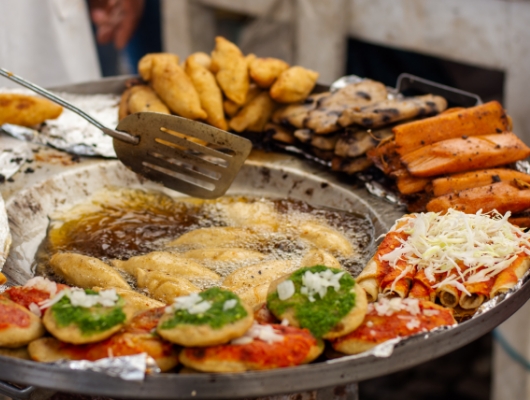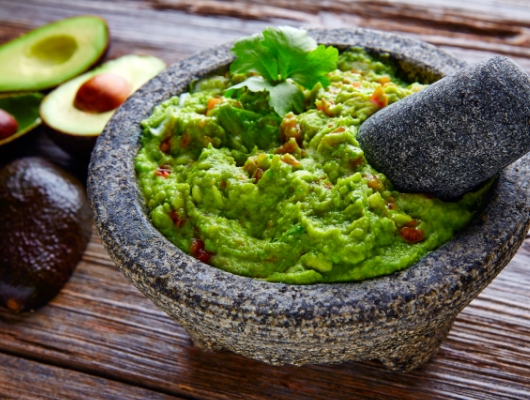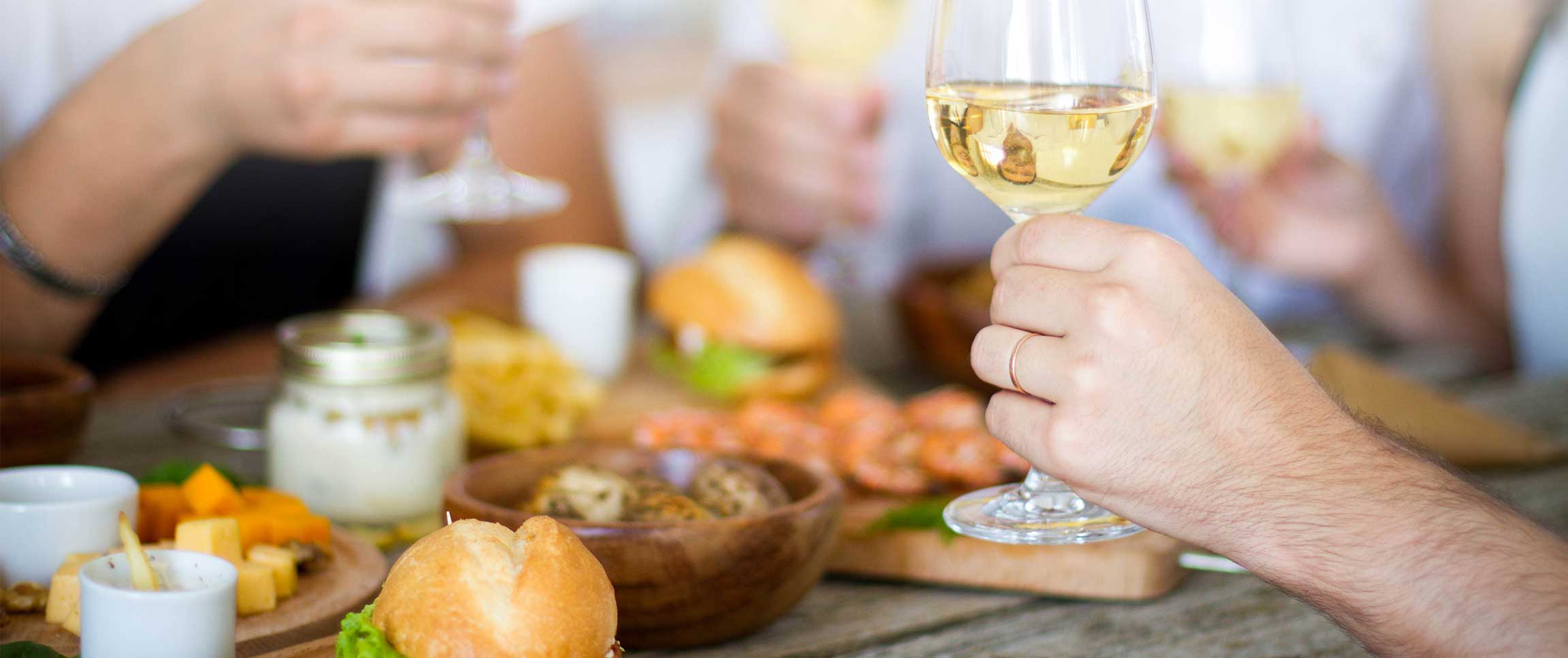Change is constant. Look at menus from a hundred years ago and you see what would now be considered a gluttonous number of courses and meals that started late and lasted many, many hours. Between the Great Depression and war rationing, things got a little more streamlined with one entrée course (instead of a fish and a fowl and a meat!), a reasonable number of starter courses, and maybe a dessert if the menu is really enticing.
Over the years, restaurants and their diners fell into a fairly predictable routine that most of us recognize today. Early couples grabbing a bite to eat before a movie or a show, a main dinner hour with sets of two or three couples, and a few late couples out for a more romantic, quiet meal. Restaurant design grew to accommodate this with the right mix of four-tops and two-tops, menus and staffing to match, and a reservation book tuned to turning tables every hour and a half or so.
Change, however, is in the air again and the old paradigm is showing signs of fracturing. Some tables order a couple of appetizers and leave. Others split a side, a couple of cocktails, and stay long past closing. Deuces dominate, leaving many a four top half full with the corresponding income lost. What is driving this change and how can you cope?
Technology and the more frenetic pace of our lives are possible contributors. The Washington Post points to Tinder, the ubiquitous dating app, as one of the culprits. Ill-conceived first dates that range from public disaster to R-rated floor show playing out in the middle of the dining room. Sometimes it’s harried parents who, on a special night out, have traded in bar-hopping for restaurant-hopping—making the most of getting a babysitter by hitting four or five restaurants in a single night, ordering nothing but appetizers and top shelf cocktails. Then there’s the reserved 12 top, taking up a big chunk of dining real estate and sometimes a server’s only table for the evening that turns out to be a “girl’s night out.” That can end up being a huge check with lots of fun or a whole lot of side salads and single glasses of Pinot Grigio.
The Post reports that some restaurants are dealing with this by rethinking their dining space. Adding more two-top tables, creating private nooks with a little privacy to encourage more romance, even expanding foodservice and space in the bar areas to shift some people away from the dining room. Of course, not everyone can afford costly overhauls or even shutting down while they occur. You can, however, make some tweaks to your existing operation to better accommodate the new reality.
Craft Cocktails & Specialty Drinks
Customers want an experience. If they’re not ordering an entree, there are others ways to maintain that check average and give them something special. Craft cocktails are one way to do that. Top shelf liquors mixed with house-made tonics, syrups, extracts and tinctures go for much more than that house vodka soda. Many bartenders can easily create a whole menu of unique drinks for your restaurant, and even if they can’t, the options for reasonably priced mixers have exploded of late and are much better than the dusty old bottles of strawberry daiquiri mix from the 80’s.
House made sodas are another option. Use pomegranate, mango, or whatever fresh fruit you have on hand to make a syrup, then a spritz by mixing it with soda and you’ve got a special drink for both kids and the designated driver. Some restaurants even have prosecco on tap now, add a little of your syrup to that and you’ve got an easy, and colorful, cocktail.
You might even want to dust off those old carafes and put them back into circulation. A half carafe is a great way to take advantage of people who want more than a glass of wine but don’t want to commit to a full bottle.
Snacks
Okay, they’ve got their drinks. Maybe they’re even considering a second round. Snacks will help seal that deal. Roasting your own nuts with your own special seasonings? Perfect. Maybe some house-cured pickles or olives. You could even fry up some chickpeas and dust with aleppo pepper. When creating your menu, think about small servings—each exploding with flavor—that are quick to get from the kitchen to the table and cost $4 or $5. They’re a perfect profit booster for intense conversation over tasty tipples.
Small/Medium Plates
People might be eschewing entrees, but they’re still eating. Small and medium plates are the perfect size for a couple sharing an experience through food. Get creative. Lamb lollipops were overdone a decade ago. Push the limits with your imagination. A smaller plate—and a smaller price tag—means people can get more adventurous and try things that they might not when committing to a single entree.
Take octopus, braised and then charred before serving. As a more expensive entree, it might not sell. As a $12 small plate served over a fresh array of greens with a spicy vinaigrette, you might find people more willing to give the unusual a try.
The possibilities are endless. Braised beef heart or tongue tossed with house-made pappardelle and a fresh pomodoro sauce. Maybe a wild mushroom pâté from locally sourced fungi served with thick slices of bread from the new neighborhood bakery that everyone is talking about. Small and medium plates, especially when designed for sharing, are the perfect medium to experiment and push the boundaries of your food.
Change is definitely in the air. Eating habits and patterns are evolving. It needn’t, however, be bad or avoided. Embrace it. Use the change to step out of the shackles of the old, outdated expectations and to take your food to a new level of creativity and expression.



